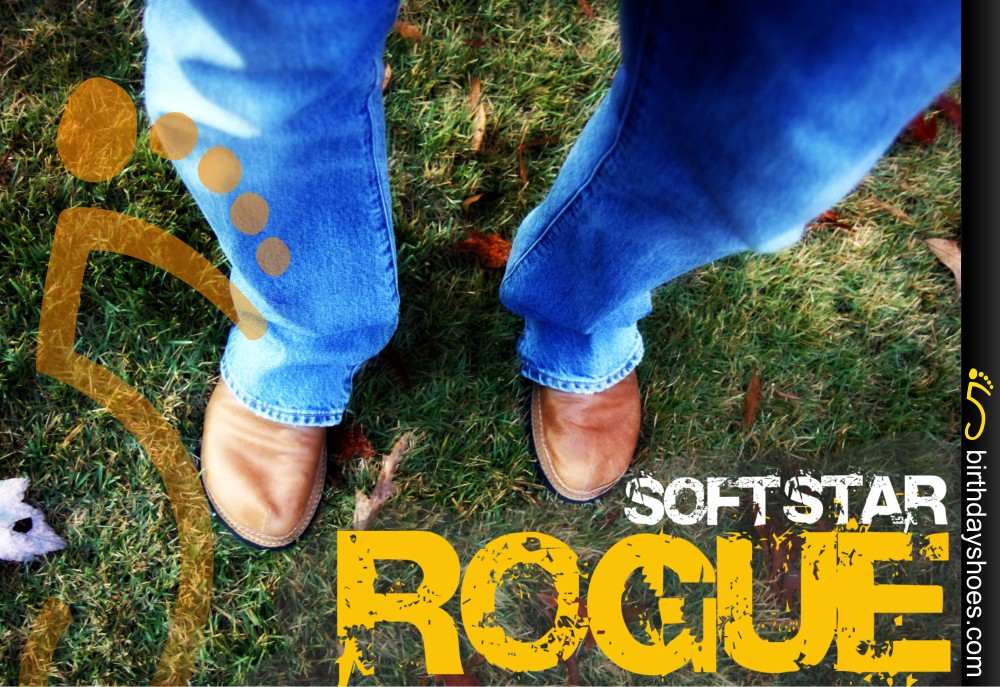<i>Eat & Run</i>: An Unlikely Combination of Recipes and Racing [REVIEW]
A Review of Eat & Run: an Unlikely Combination of Recipes and Racing Two of the great ultra-runners from Born to Run, Jenn Shelton and Scott Jurek, have lived here in Ashland, OR (one still does). Although Scott’s time here was brief, he forged f…
![<i>Eat & Run</i>: An Unlikely Combination of Recipes and Racing [REVIEW]](/content/images/size/w1200/2025/03/eat-and-run-cover.jpg)
Two of the great ultra-runners from Born to Run, Jenn Shelton and Scott Jurek, have lived in my little town of Ashland, Oregon (Jenn still does). Although Scott’s time here was brief, he forged friendships with other local running legends like Ian Torrence and Hal Koemer.
One month ago Jurek surprised finishers at Hal’s local 100 miler, the Pine to Palm 100, by appearing at the finish line to shake hands and autograph Eat & Run. I didn’t have the chance to meet him that day, but at least I can give a thumbs up to his book, Eat and Run: My Unlikely Journey to Ultramarathon Greatness (2012). It’s a really fun read, and what other running book throws in dozens of recipes for athletes?
Read on for my full review!
The Action is Packed in Here
With renowned sports writer Steve Friedman ghost-writing, this book is packed with thrilling races. There are clever chapter breaks in the middle of an excruciating race like Jurek’s first shot at the Badwater 135. Each great race story is surmounted by yet an even more harrowing run all the way through Chapter 18. I found myself thinking, “nothing could top a story like that” only to find something like the Spartathlon which was of course even more amazing. These stories alone make the book worth reading.
The Food
As a fellow vegetarian, I love watching Scott’s journey away from the SAD (Standard American Diet). He isn’t alone in the field of vegetarian or vegan athletes, but we are such a minority that sometimes it feels that way. Any newcomer to endurance events is typically fascinated about different strategies for hydration and fueling (i.e. food). Jurek’s use of real food is inspiring and strangely enough pretty cutting edge. Ever heard of eating bean burritos and vegan burgers on the run? If that’s what powered this man through seven straight wins at the Western States 100 then yeah I’ll try packing a burrito or two.
Of the roughly two-dozen recipes in the book, I’ve tried four or five by now. I recommend the Xocolatl (Shock-o-laht) Energy Balls, the Strawburst Anti-Inflammatory Smoothie, and the Kalamata Hummus Trail Wrap.
The Man
An autobiography conveys the perspective of its author at the time of its writing. For Mary Lou Retton the perspective was that of a 16 year old. For Scott Jurek, the perspective comes from a man in the midst of a major life transition. I won’t spoil the suspense by telling what happened, but basically a whole bunch of life-changing events occurred not long before Scott penned this book. By the time the book was published several of these situations were only partially resolved. As a result, the final three chapters of the book explore personal questions of motivation and purpose.
Scott’s big question for himself is, “What’s next?” We understand that this self-searching was quite difficult for him, and I imagine some readers will find it unpleasant to read, too. The tone of the book shifts from exciting races peppered with interesting details about Scott’s life to a melancholy soul-searching. I think if Scott were to write this book ten years from now, then we would have a much more pleasant perspective on this trying time in his life.
The Fun Parts
Many of my favorite stories in this book involve Scott’s best friend, Dusty. The portrayal of the “Rogue prince of the cake-eaters” is sometimes even more interesting than reading about Scott. When we first meet him, Dusty has half of his head shaved and the other half is in a ponytail, and he’s wearing a bright pink and yellow ski outfit against school regulations.
In another one of my favorite stories, Scott and his friend Joe are scarfing down food at a restaurant right after a grueling 30 hour run through the Grand Canyon. After Joe has been in the restroom for some time, Scott walks back to check up on him, only to find him asleep on the commode. Great runs don’t get much better than that.
The other parts of the book that I particularly enjoyed were the short quotations at the beginnings of each chapter and the color photos in the middle of the book. There are also short pieces of advice at the end of most chapters dealing with stretching, breathing, and many interesting aspects of long distance running.
Bottom line? One of the greatest athletes in the world of ultra-running, Scott Jurek has produced a combo of races and recipes that is a winner.




